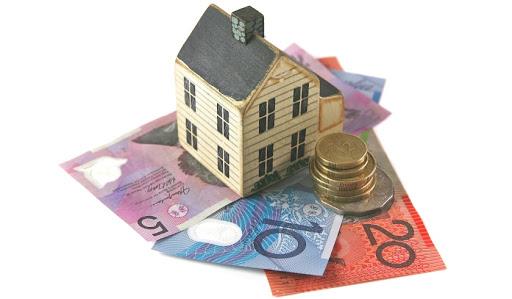Property poised for a strong start to 2021: CoreLogic
Australia’s housing market finished 2020 strong, with CoreLogic’s national home value index rising a further 1.0 per cent in December.

It’s the third consecutive month-on-month rise for housing values, following the -2.1 per cent drop in dwelling values between April and September.
It meant Australian home values finished the year 3.0 per cent higher with regional housing values rising by 6.9 per cent, a rate of capital gain that was more than three times higher than the combined capitals, where home values were up 2.0 per cent over the year.
CoreLogic’s research director, Tim Lawless, has expressed that the year was characterised by a mild COVID dip in values, but coincided with unprecedented volatility in the transaction space.
“The number of residential property sales plummeted by -40 per cent through March and April but finished the year with almost 8 per cent more sales relative to a year ago as buyer numbers surged through the second half of the year,” he outlined.
Even with the volatility, house values fell by just -2.1 per cent before rebounding with strength throughout the final quarter of 2020.
As at the year’s end, CoreLogic highlighted that smaller capital cities experienced higher changes to dwelling values over the last month of the year, with Darwin leading the charge at 2.3 per cent, followed by Brisbane, Adelaide and Perth with 1.1 per cent each.
Meanwhile, Melbourne saw a monthly change of 1.0 per cent, followed by Sydney and Hobart with 0.7 per cent each and Canberra with 0.6 per cent.
Overall, Darwin saw the highest total return at 15.0 per cent, followed by other smaller capital cities, such as Canberra with 12.5 per cent, Hobart with 11.4 per cent and Adelaide with 10.1 per cent.
By the end of 2020, Sydney remained the most expensive city, with a median value of $871,749, followed by Melbourne with $682,197 and Canberra with 678,765.
On the other hand, Darwin was the most affordable city, with a median value of $416,183.
Mr Lawless explained that in retrospect, the rebound in housing market activity and dwelling values can be considered unsurprising given the rapid and substantial monetary and fiscal response from the Government and policymakers.
He said: “Record low interest rates played a key role in supporting housing market activity, along with a spectacular rise in consumer confidence as COVID-related restrictions were lifted and forecasts for economic conditions turned out to be overly pessimistic,” Mr Lawless concluded.
“Containing the spread of the virus has been critical to Australia’s economic and housing market resilience.”
